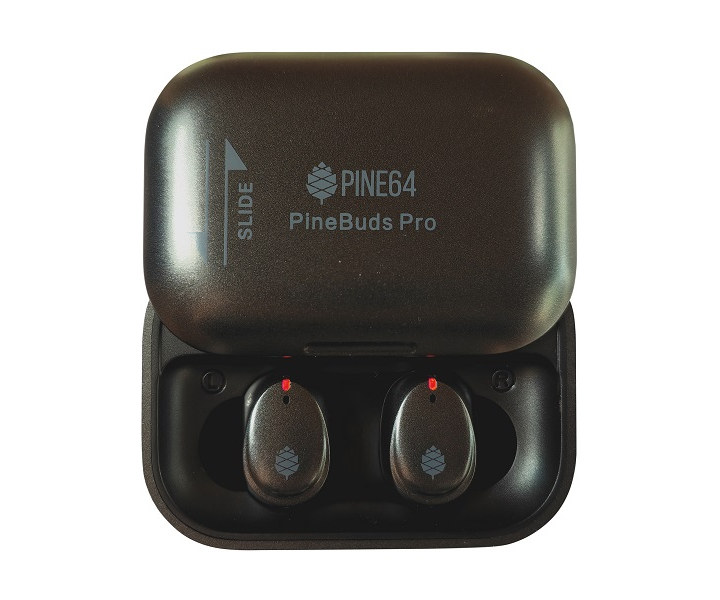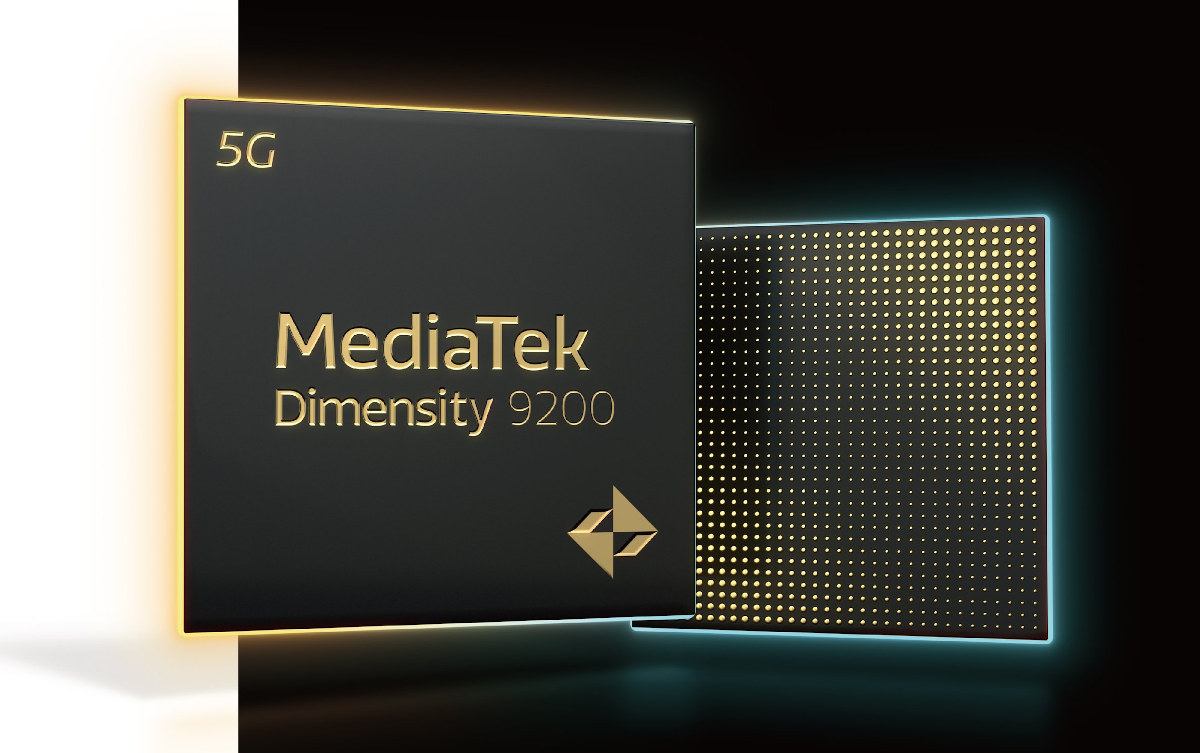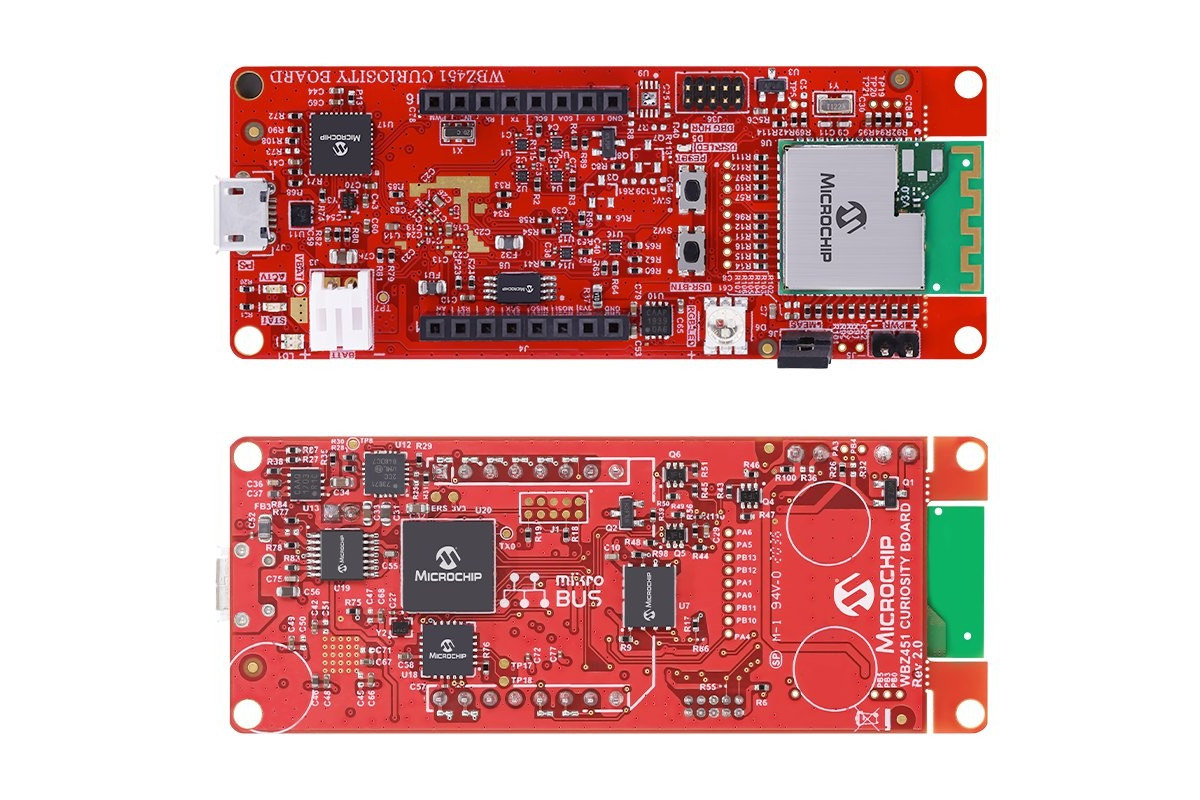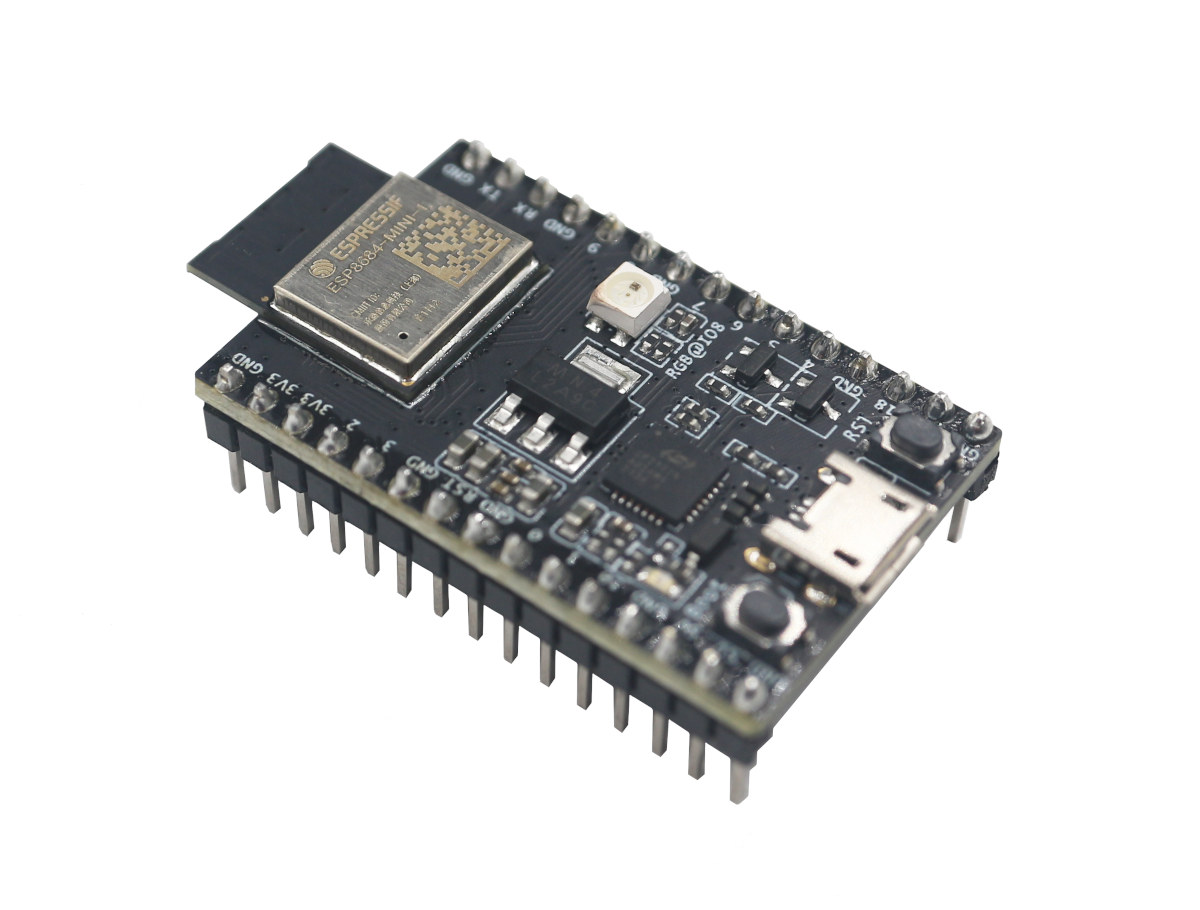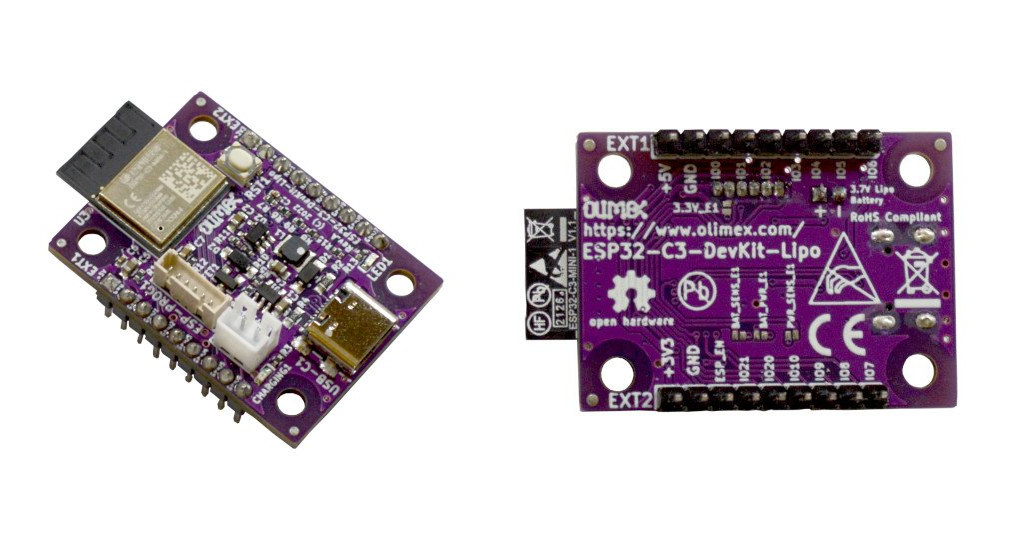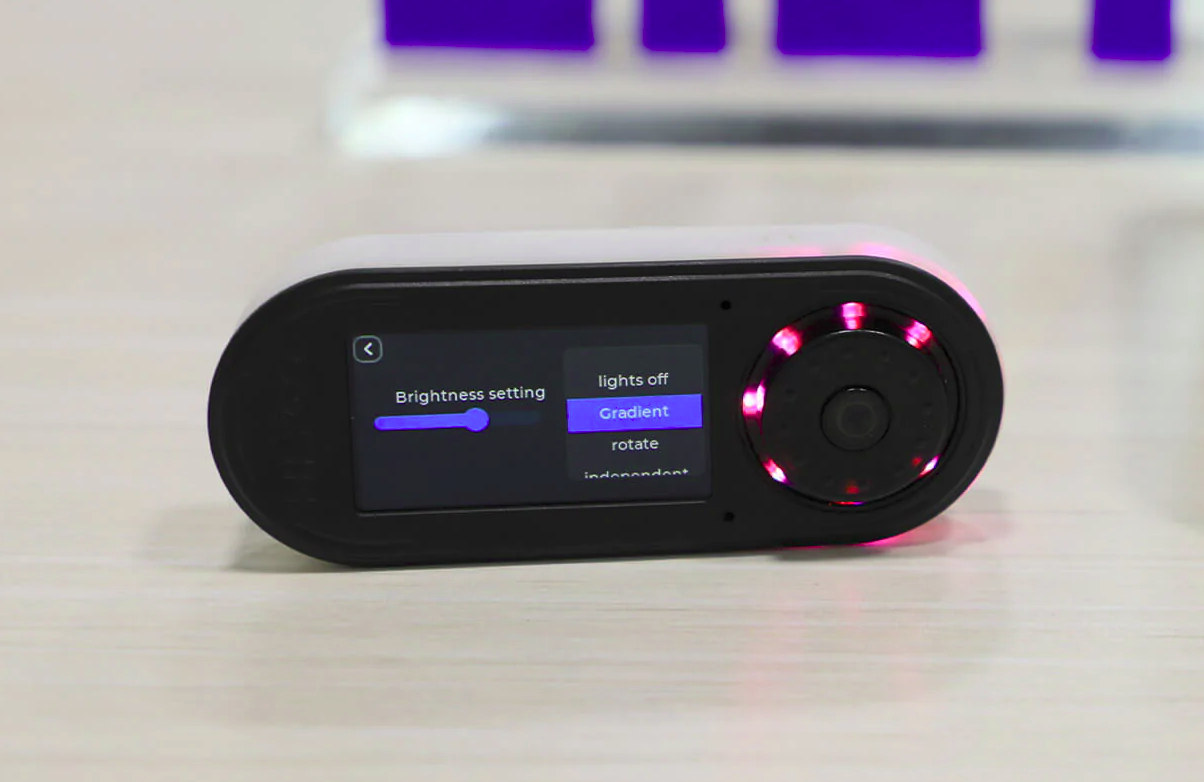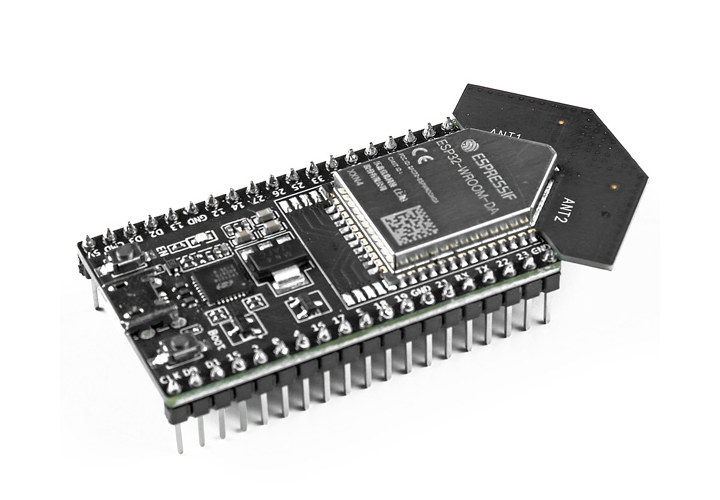Pine64 has just started taking orders for the PineBuds Pro ANC (Active Noise Cancellation) & TWS (True Wireless Sound) earbuds based on the Bestechnic BES2300-YP dual-core Arm Cortex-M4F Bluetooth audio microcontroller found in the PineSound development board. There are plenty of TWS earbuds on the market, but the PineBuds Pro earbuds are hackable thanks to an open-source firmware that could pave the way to interesting features, and potentially the development of open-source firmware transforming the earbuds into hearing aids. PineBuds Pro specifications: WiSoC – Bestechnic BES 2300YP dual-core Arm Cortex-M4F @ up to 300 MHz with HW DSP instruction, 992KB SRAM, 4MB flash, Bluetooth 5.2 dual mode. Supports hybrid ANC (active noise cancellation) and TWS (true wireless stereo). Wireless Bluetooth 5.2 dual-mode connectivity Bluetooth Profile: A2DP, AVRCP, HFP Audio 3x microphones: FeedForward, FeedBack, Talk with Hybrid Adaptive ANC technology blocking out background noise up to 45dB 6 mm dynamic transducer […]
Bluetooth LE to support 6 GHz frequency band
So far, the popular Bluetooth wireless communication protocol would only rely on the 2.4 GHz frequency band, but this may change in the future, as the Bluetooth Special Interest Group (SIG) has recently announced a new “specification development project” to add the 6 GHz frequency band to Bluetooth LE. Mark Powell, CEO of the Bluetooth SIG “explains” the move: The Bluetooth SIG community is constantly evolving the technology to meet ever expanding market demands for wireless communications. Expanding into the 6 GHz spectrum band will ensure the community can continue to make the enhancements necessary to pave the way for the next twenty years of Bluetooth innovation. I get it that’s a long-term move, but it does not explain exactly why the additional 6 GHz (and 5 GHz) bands may be necessary. I’d just suspect as more devices such as BLE sensors get more widely added that adds to the […]
MediaTek unveils Dimensity 9200 Octa-core Cortex-X3/A710/A510 5G mobile processor
MediaTek has just launched the Dimensity 9200 octa-core flagship 5G mobile processor with one Cortex-X3 core, two Cortex-A710 cores, and four Cortex-A510 cores, as well as the latest Arm Immortalis-G715 GPU. Manufactured for a TSMC 4nm processor for efficiency, the new flagship processor supports mmWave 5G and sub-6GHz cellular connectivity, LPDDR5x 8,533 Mbps memory, UFS 4.0 storage, and embeds a faster MediaTek APU 690 AI processor MediaTek Dimensity 9200 specifications: Octa-core CPU subsystem 1x Arm Cortex-X3 core at up to 3.05 GHz 3x Arm Cortex-A710 cores at up to 2.85 GHz 4x Arm Cortex-A510 cores up to 1.80GHz 8MB L3 cache 6MB system cache GPU – Arm Immortalis-G715 with support for Vulkan 1.3, hardware-based ray tracing engine AI Accelerator – MediaTek APU 690 AI processor with MDLA (MediaTek Deep Learning Accelerator), MVPU (MediaTek Vision Processing Unit), SME (I don’t know what that is), and DMA Memory I/F – LPDRR5x 8,533 […]
WBZ451 Curiosity Board features Microchip PIC32CX-BZ2 BLE and Zigbee 3.0 microcontroller
Microchip WBZ451 Curiosity Board features the company’s Microchip’s WBZ451PE Bluetooth Low Energy 5.2 and Zigbee 3.0 RF module based on the new Microchip PIC32CX-BZ2 32-bit Arm Cortex-M4F wireless microcontroller. WBZ451 Curiosity Board (EV96B94A) specifications: Wireless module – WBZ451PE Bluetooth Low Energy and Zigbee RF Module with Microchip PIC32CX-BZ2 32-bit Arm Cortex-M4F wireless microcontroller @ up to 64 MHz, 128KB RAM, 1MB flash, 2.4 GHz radio for Bluetooth LE 5.2 and 802.15.4 (Zigbee 3.0) Tx output power – Up +12 dBm Rx sensitivity – Up to -103 dBm PCB antenna 29x I/O pins Storage – 64Mbit QSPI flash Expansion – mikroBUS socket for MikroElectronika Click adapter boards Sensor – Microchip MCP9700A analog voltage temperature sensor Debugging On-board Programmer/Debug Circuit using PICkit On-board 4 (PKoB4) based on Microchip SAME70 MCU On-board USB to UART Serial Converter with Hardware Flow Control based on Microchip MCP2200 10-pin Arm Serial Wire Debug (SWD) header for […]
Espressif ESP8684 RISC-V WiFi & BLE MCU embeds up to 4MB flash in a 4x4mm package
Espressif Systems ESP8684 is a single-core RISC-V microcontroller with 2.4 GHz WiFi 4 and Bluetooth 5.0 LE (BLE) connectivity that also integrates 1, 2, or 4MB flash into a tiny 4x4mm QFN package. The SoC is listed under the ESP32-C2 product family on the Espressif website and can be found in MINI and WROOM modules, as well as the ESP8684-DevKitM-1 development kit. All three parts, namely ESP8684H1, ESP8684H2, and ESP8684H4, are designed to work in the -40 to 105°C temperature range, ESP8684 specifications: CPU – 32-bit RISC-V processor up to 120 MHz; 305.42 CoreMark; 2.55 CoreMark/MHz Memory – 272 KB SRAM (16 KB for cache) Storage – 576 KB ROM, 1 to 4MB flash (SiP) Wireless 802.11 b/g/n-compliant WiFi 4 1T1R Up to 72.2 Mbps link rate Support for 20 MHz bandwidth Station mode, SoftAP mode, Station + SoftAP mode Wi-Fi Multimedia (WMM) Antenna diversity Bluetooth 5 LE up to […]
Olimex ESP32-C3-DevKit-Lipo is a tiny RISC-V board with WiFi 4, Bluetooth 5.0, and a LiPo battery charger
Olimex has just launched the ESP32-C3-DevKit-Lipo board based on ESP32-C3 RISC-V wireless microcontroller offering WiFI 4 and Bluetooth 5.0 connectivity, some I/Os, as well as USB and JTAG. As its name implies, the board can be powered by a LiPo battery and charged through a USB Type-C port. It offers up to 15 GPIO for expansion and comes with an ICSP connector in case you need to reflash or debug the bootloader through a JTAG interface. ESP32-C3-DevKit-Lipo specifications: Wireless module – Espressif Systems ESP32-C3-MINI-1-N4 module with: ESP32-C3 (ESP32-C3FN4) 32-bit RISC-V single-core processor up to 160 MHz with 4 MB embedded flash, 384 KB ROM, 400 KB SRAM (16 KB for cache), 8 KB SRAM in RTC Connectivity – 2.4 GHz 802.11b/g/n Wi-Fi 4 1T1R up to 150 Mbps & Bluetooth LE 5.0 with PCB antenna USB – 1x USB Type-C port for programming and JTAG debugging Expansion – 2x 9-pin […]
T-Embed is a battery powered WiFi controller with display and rotary encoder
LilyGo has launched yet another product based on the ESP32 family of microcontrollers with the T-Embed WiFi IoT controller powered by an ESP32-S3 dual-core processor, equipped with a color display and a rotary encoder, and powered by a battery. The device is programmable and can be used to control Smart Home and IoT devices connected over WiFi or Bluetooth. It also integrates a microphone and speaker, a microSD card for data logging, as well as a Grove connector and an 8-pin GPIO header for expansion. T-Embed specifications: Wireless module – ESP32-S3-WROOM-1 module with an ESP32-S3 dual-core Xtensa LX7 processor with WiFi 4 and Bluetooth 5.0 connectivity, 4 to 16MB QSPI flash, up to 8MB PSRAM, PCB antenna; (Note it’s unclear which exact version is used) Storage – MicroSD card socket Display – 1.9-inch IPS color TFT LCD with 320 x 170 resolution (ST7789 driver), 350 Cd/m2 brightness Audio – 2x […]
ESP32 DevKitC V4 IoT development board ships with ESP32-WROOM-DA dual antenna module
The ESP32 DevKitC V4 is now selling with the ESP32-WROOM-DA module with two PCB antennas that was introduced last year in order to offer a longer WiFi range and better reliability. The development kit is exactly the same as the other ESP32 DevKitC V4 models, and the only difference is the dual antenna design. When running a recent version of the Arduino Core for the ESP32 (2.0.3 or greater), the ESP32 will automatically switch to the antenna with the strongest signal in order to deliver the best connectivity possible. ESP32 DevKitC V4 specifications: Wireless module – ESP32-WROOM-DA (PDF datasheet) with SoC – Espressif Systems ESP32-D0WD-V3 dual-core LX6 microprocessor with 520 KB SRAM, 2.4 GHz WiFi 4 and Bluetooth 4.1 connectivity Storage – 4MB SPI flash Two PCB antennas (ANT1 and ANT2) USB – 1x Micro USB port for power, programming, and debugging through USB-to-UART bridge up to 3 Mbps Expansion […]


